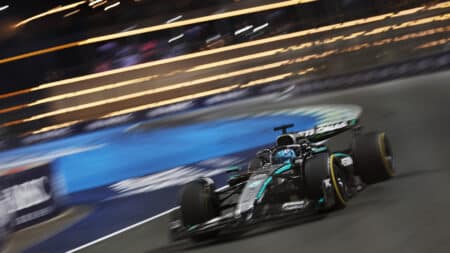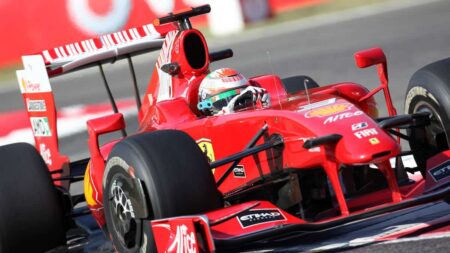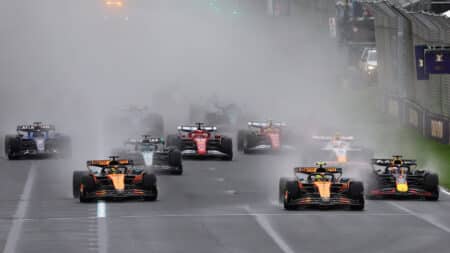When you get older, everybody else seems so young, especially policemen and bank managers. And racing drivers.
Talking to Tiff Needell on our podcast the other day, I was interested in his comments about getting into Formula One back in the old days. Not that many decades ago a young, thrusting driver would buzz around, chatting up team managers and, if he was lucky, he might get offered a race. In Tiff’s case he finally got an opportunity with Mo Nunn’s Ensign team based on his results in Formula Ford and Formula Three. This entailed turning up at the track on race weekend, learning the car and track in practice, then attempting to qualify for the race itself. There was no testing, no time in a simulator and – more often than not – no money. Imagine that.

These days young drivers have managers, or even management teams, and they are groomed in the skills of public relations and marketing. Some have already done hundreds of hours in a simulator before they get near the racing car itself. Most have money, and a lot of it. No point hoping for an F1 drive these days if you don’t have access to a great deal of money.
So where does all this leave a bunch of talented drivers waiting for the older ones to retire, or get fired for lack of results? So what happens is this. Managers and management teams roam the paddock, knocking on doors, huddling in meetings in smart motor homes and talking money. The big problem, it would appear, is a fundamental lack of opportunities.
With 12 teams entered for the FIA World Championship, there are 24 Grand Prix drivers in the world at any one time. This in itself clearly presents hurdles. Then there is the matter of experience. Teams running cars worth tens of millions of pounds like a bit of experience. They’re not so keen on a lad who goes extremely fast but crashes the car into solid objects. So, when one of the chosen 24 finally retires, or walks away, there is a gap in the ranks. The problem is, they hang on in there for as long as they can. Trulli, Barrichello, Massa and Michael Schumacher come to mind. Schumacher has decided that enough is enough, but when will Massa?

The point here is that when Tiff Needell and Co were ferreting around for a Grand Prix seat the costs and budgets were lower, there was less need for a talented young man to bring his own sponsorship. And the ‘turnover’ among drivers was higher, sadly because more were sidelined with injuries and more had not signed long-term multi-million dollar contracts. As a result, we now have some very talented drivers, all of them proven winners, waiting in the wings with the occasional outing on a Friday morning. Valtteri Bottas is a good example. This young Finn is very quick, has talent to spare, yet he spends a lot of his time watching Bruno Senna race the Williams. And we know that Senna has taken some much-needed sponsorship to the team. I have nothing against Senna, he’s a very competent racing driver, but I’d like to see Bottas in the car next year. Just as I’d like to see a young charger replace Massa in a Ferrari alongside Alonso when the 2013 season gets underway.
There is no easy solution. Grand Prix racing has always been the top of the tree and making your way up the branches has never been a simple matter.






